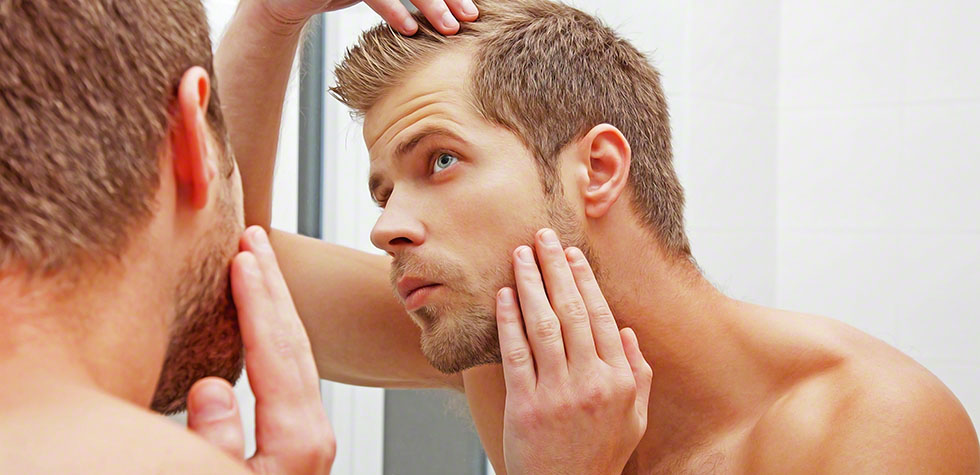Gone are the days when people used to make herb concoctions or use animal parts for their receding hairline. Ever since the late 1990’s, after the FDA gave its approval for minoxidil as an effective agent to be used against hair fall, there has been no looking back. Most people consider minoxidil before hair transplantation.
In this blog, we will be discussing the properties of minoxidil, how it’s used and what to do if it’s not effective for you any longer.
What Is Minoxidil?
Originally discovered in the early 1900’s, minoxidil was a chemical compound used to treat high blood pressure in a subset of the population. It however quickly reached popularity after it was labelled as an effective product for tackling hair fall and thinning of the hair.
Minoxidil is a hair loss treatment, widely available over the counter in the form of creams, foams and sprays. It is directly applied to areas with sparse hair growth, and is known to completely reverse or dampen the progression of male pattern aka androgenic hair loss.
How To Use Minoxidil?
Well, the exact dosage and the way to use it is something that your healthcare provider can better guide you about as it will depend on the current situation of your baldness.
However, a few general considerations must be kept in mind. For starters, in order to see the most effective results, minoxidil should be used continuously on a daily basis. If you stop using it, the hair loss will increase and the new hair growth might disappear altogether.
Secondly, minoxidil is very effective in younger males, that is, under the age of 40 years, who have been balding for less than 5 years or so. It’s also more effective in regrowth if the bald patch is localized instead of widespread baldness.
How Does Minoxidil Actually Work?
As previously mentioned, minoxidil was originally formulated for elevated blood pressure control but rose to fame after its hair regrowing properties were made public.
The exact mechanism of action of minoxidil is still not completely understood, but it is widely known as peripheral vasodilator. This means it causes the blood vessels to expand further aiding in blood flow.
Many experts believe that by applying minoxidil directly on the scalp, it causes vasodilation of the scalp vasculature, thus causing increased blood flow and subsequent hair regrowth.
Does Minoxidil Have Any Side Effects?
Since only 2% of the topical application of minoxidil is actually taken up the body, serious side effects are extremely rare. Some men and women may experience local redness or itching during the first few days of use.
Why Isn’t Minoxidil Working For Me?
As much as the hype that is created about the miraculous effects of minoxidil, in reality, it is only effective in 40% of male and 25% of females.
If you have tried minoxidil and haven’t seen the results you were looking for, try these tips:
Be Patient
Hair regrowth is a slow process and one cannot expect results within the first few days. In order to see good results, I highly recommend using minoxidil continuously for at least 3-4 months, to experience hair regrowth. You may experience a tad bit of hair loss in the initial days, but don’t let that discourage you.
Try Using A Higher Strength Of The Solution
Minoxidil is available widely in the market as 2% or 5% solutions. If you’re starting out with the 2% one and are yet to see the results, switch to a 5% formulation for quicker results.
Try Combining Minoxidil With Finasteride
These 2 ingredients can work together as the ultimate hair regrowth solution. A study showed promising results in men who combined the 5% minoxidil solution with 0.1% finasteride.
If All Else Fails, Get A Hair Transplant
If you have religiously followed the minoxidil routine and tried it in combination with finasteride, all in vain, then perhaps it’s best to opt for a hair restoration surgery. Maybe your baldness is widespread or genetically influenced, which leaves little room for minoxidil to show results. In this situation, talk to your cosmetologist for the types of hair transplant you can opt for and how many sessions you would be needing.
All in all, it gives good results but if minoxidil isn’t working for you, perhaps try other alternatives. Go to a hair restoration clinic Chevy Chase for exploring alternatives.




